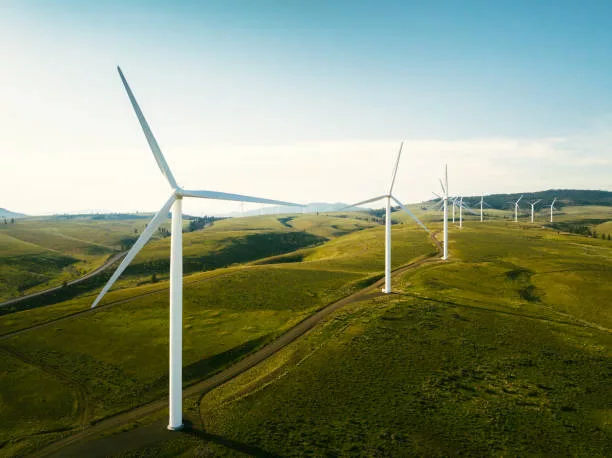Crucial Step Towards a Sustainable Energy Future
In an effort to invigorate the nation’s transition towards renewable energy, the U.S. Department of Energy (DOE) has proposed a strategic plan aimed at expediting the integration of renewable energy sources into the transmission grid. This plan, known as the Transmission Interconnection Roadmap, is spearheaded by DOE’s innovative Interconnection Innovation e-Xchange (i2X) and delineates actionable items to overcome current interconnection obstacles.
Announcement by Energy Secretary Jennifer M. Granholm
According to Energy Secretary Jennifer M. Granholm, tackling the mounting interconnection requests for clean energy projects, currently totaling nearly 12,000, is fundamental for broadening clean electricity availability. The i2X initiative aims to revamp the process with enhanced standards, procedures, and data accessibility, aligning with the overall vision to cultivate an efficient and sustainable grid.
The Staggering Demand for Clean Energy Connections
A DOE-affiliated Lawrence Berkeley National Laboratory report reveals an astonishing rise in the demand for grid interconnection, reaching nearly 2,600 gigawatts from generation and storage sectors—an almost eightfold increase from 2014. Existing interconnection processes fail to address this growth, often resulting in unpredictability, exorbitant costs, delayed timelines, and inequitable proceedings, all of which harm stakeholders including consumers, developers, and utilities.
i2X Roadmap: A Toolbox for Energy Transformation
The plan presented by the i2X roadmap encapsulates 35 distinct solutions targeting enhancements in data access, security, and transparency, interconnection processing speeds, cost-effectiveness, and reinforcing grid reliability. The roadmap sets ambitious benchmarks for interconnection reform by 2030, including reduced timeframes and costs, improved completion rates, and the elimination of disturbances due to inadequate modeling.
Collaborative Development & Key Solutions
Throughout its two-year inception, the DOE encouraged a participative approach, hosting workshops, virtual assemblies, and public request for information periods to refine the roadmap. Key proposed solutions include standardizing data on existing interconnection queues, broader fast-tracking options, unified generation connection requirements, as well as exploring investment-independent interconnection processes.
- Uniform accessibility and quality of grid interconnection data.
- Multipronged fast-track interconnection methodologies.
- A unified set of generation connection standards.
- Interconnection processes separated from network upgrade costs.
DOE’s Supporting Role in Implementing the Roadmap
DOE’s participation spans across adopting the roadmap’s solutions, offering financial and technical assistance, and nurturing the research ecosystem. Through initiatives like the Grid Innovation Program and federal funding opportunities, it seeks to catalyze the integration process of clean energies. Moreover, DOE assists in deploying electric vehicle charging infrastructure via the Joint Office of Energy and Transportation.
Interested parties can register for a comprehensive webinar on May 8 at 1 p.m. ET, dedicated to discussing the roadmap’s objectives and strategies.
